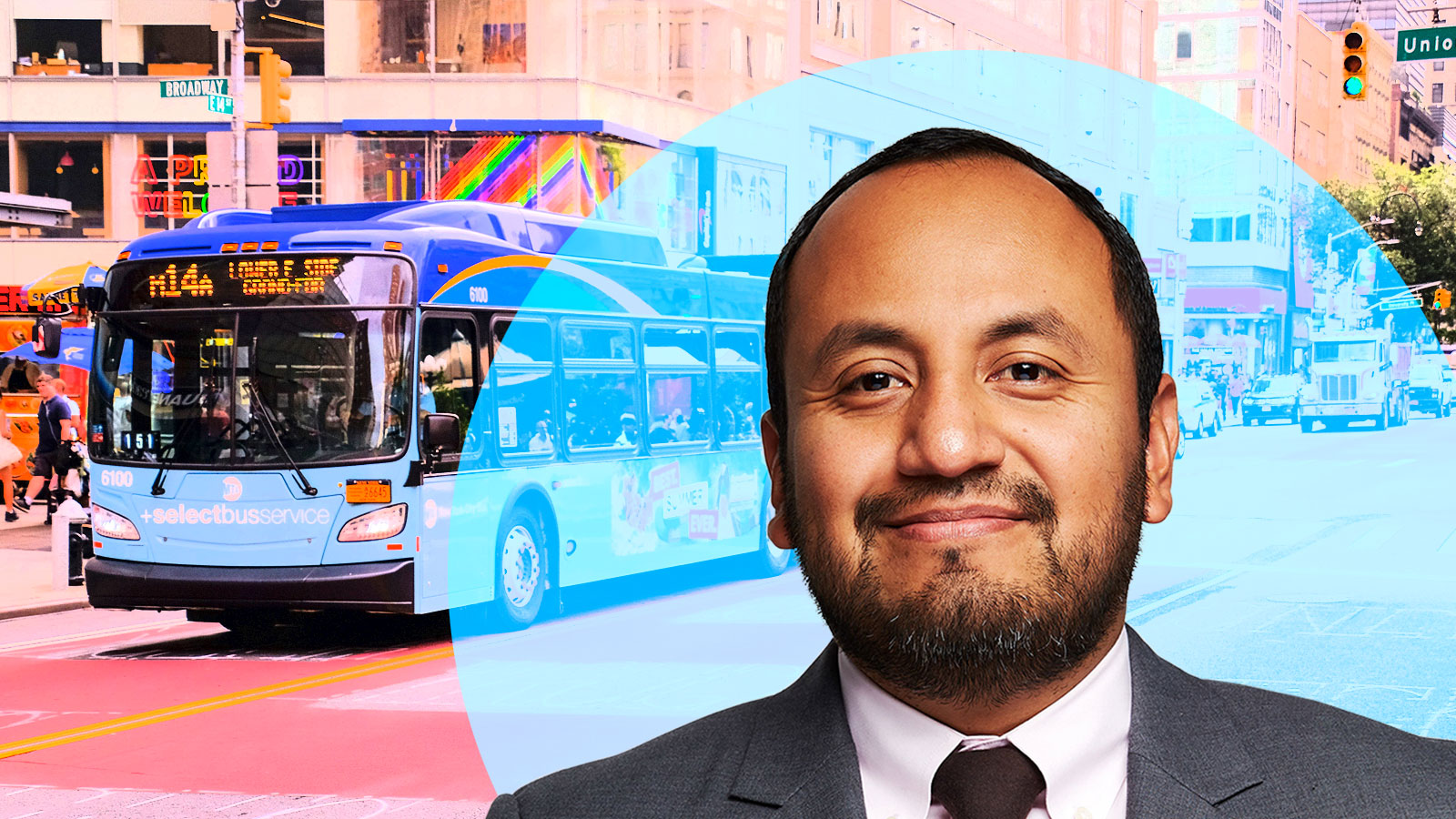Mass transit is in crisis. Ridership has evaporated alongside confidence in a safe commute, and cities like New York are facing billions in transit-budget shortfalls. People who can afford cars are relying on them more than ever, a brewing environmental (and traffic) disaster. The solution is to get people riding again — but how do we do that when public transit still feels risky?
Urban planner, community activist, and 2019 Grist 50 Fixer Alvaro S. Sanchez has long promoted legislation to provide free public transportation for students, seniors, and other marginalized populations. This will be part of the systemic changes required to make transit safe for everyone (fare disputes are the number one reason transit operators call cops, Sanchez says).
“In the context of COVID,” he says, “we should be asking, ‘Who are the most vulnerable people using these services, and how can we make it the most accessible for them?’”
The coronavirus elevated the stakes, but Sanchez’s vision for safe, affordable public transport hasn’t changed. In this conversation, which has been edited for length and clarity, he sketched out what that might look like.
Bring confidence to riders
Today, people need to feel a sense of security when taking public transit. I think a clear demonstration that transportation workers, who are often people of color, have access to PPE and are being protected from harmful situations will go a long way toward making riders feel confident that they can ride and not be exposed to the coronavirus. That could also help generate jobs for “attendants,” who could distribute masks and hand sanitizer and keep buses from getting too crowded.
Make the local connection
Then there’s the “first-mile, last-mile” issue, where public transit doesn’t get you exactly where you need to go. Pre-COVID, micro-mobility — such as scooter shares or bike shares — was really starting to play a role in the way that we connect people to mass transit. But there are some really big equity considerations around those technologies. For example, many require a credit card and smartphone to use them.
California is experimenting with both ride- and car-share programs. BlueLA uses electric vehicles and subsidizes its membership fees for low-income individuals. And EV ride-share service Green Raiteros connects mostly Latino and agricultural families in rural parts of the Central Valley to Fresno. Those programs have actually been very successful at replacing the need for those families to buy a car.
Help one, help all
A useful framework here is the idea of “targeted universalism,” something designed to help a subset of people that actually helps everybody. You could think of it as the curb-cut effect. Designing our sidewalks with curb cuts — the small ramps from a sidewalk to the street found at most intersections — allow people with decreased mobility to use streets safely. But it also helps people with strollers or shopping carts. It helps people on skateboards. It helps many people, even though the primary beneficiaries were people using wheelchairs.
These are the types of things to consider when I think what it would look like to develop a transportation system that all members of the black community felt they could use, without being exposed to police violence or discrimination. I would imagine that everybody else is going to feel really safe in that same transportation system. We need this in order to avoid a dystopian future where everybody’s going to just jump in their cars to get where they need to go.



